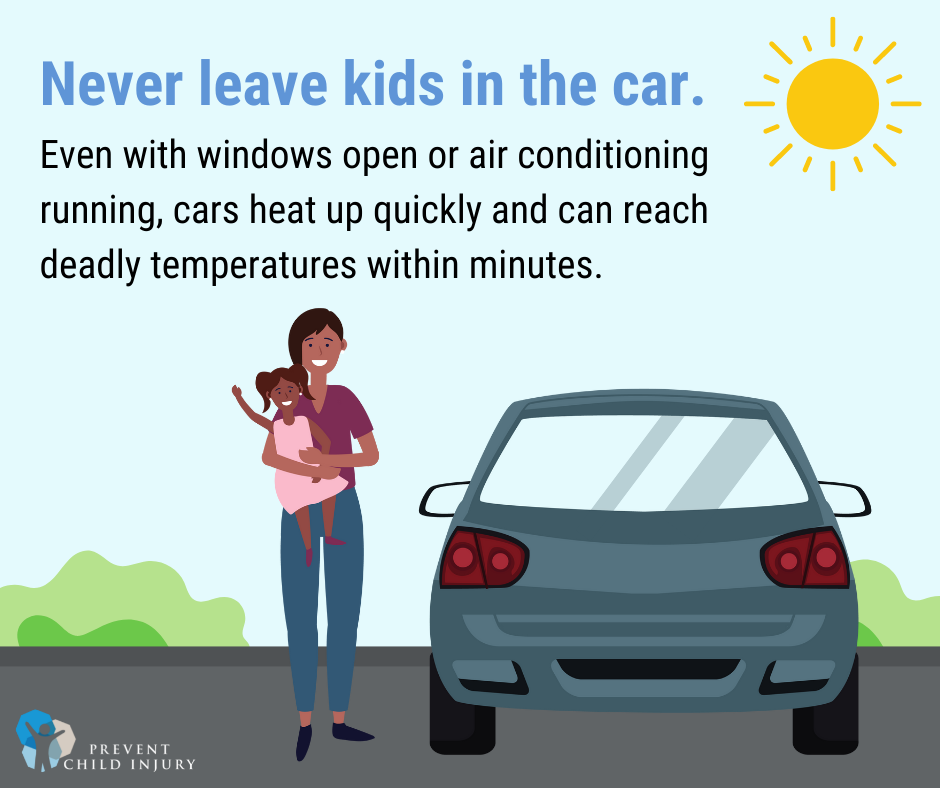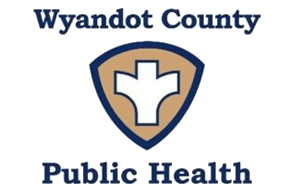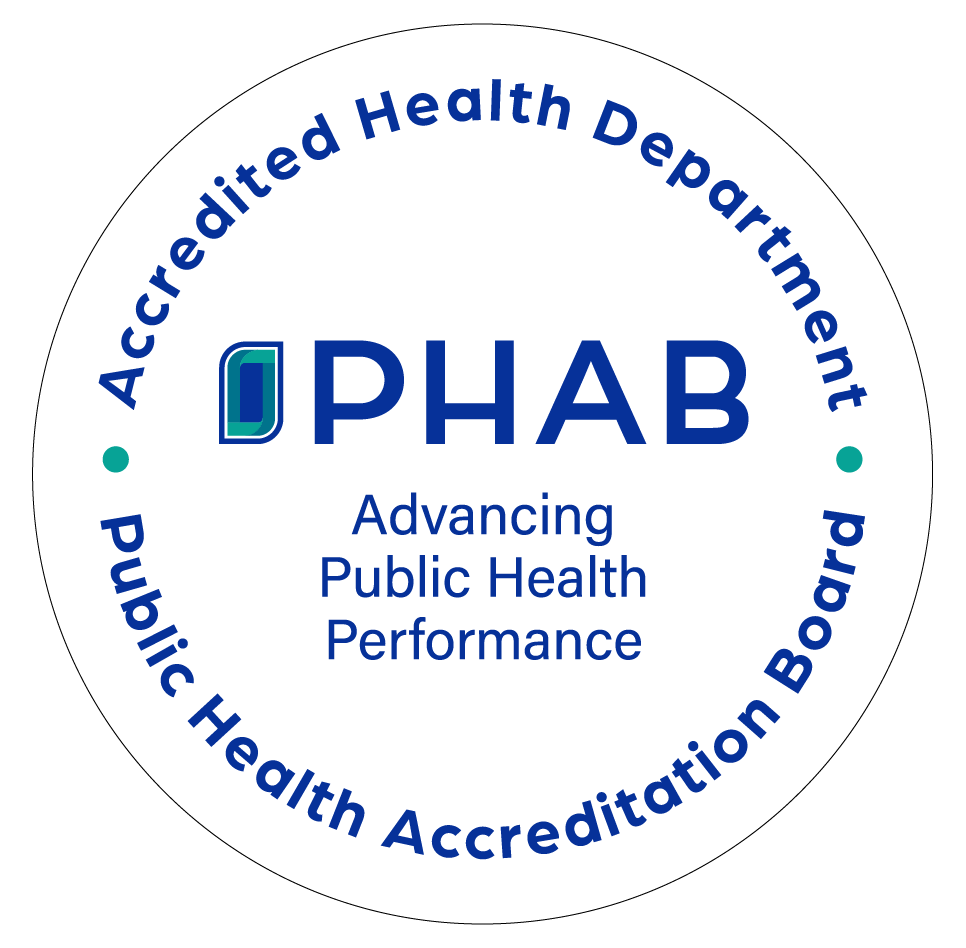
It’s the middle of summer, and it’s been one for the record books. While high temperatures are on our minds, parents and caregivers hear a lot about protecting their children from heatstroke, especially in vehicles, but the risk remains even when more mild weather arrives. When children are left in or gain access to cars, temperatures as low as 57 degrees can become deadly, so Wyandot County Public Health is asking families and communities to stay vigilant against heatstroke.
Prior to the COVID-19 pandemic, child deaths from vehicular heatstroke reached record numbers. Cars and other vehicles can get dangerously hot in short amounts of time, and a child’s body temperature rises 3-5 times faster than body temperature in adults, making them more vulnerable to heat exposure. Especially when secured in a car seat, children cannot always find ways to cool down, like drinking water or getting out of the vehicle. Together, these factors can lead to severe injury or death when children are left in or gain access to vehicles.
While most of these injuries occur during the summer months, many states experience temperatures high enough to cause vehicular heatstroke year-round. Everyone, including families, childcare providers, and bystanders, can do something to prevent these types of tragic deaths. Wyandot County Public Health recommends starting with the following tips:
Parents & Caregivers:
- “Look before you lock”: Put a personal item like a briefcase, wallet, or purse by the child’s car seat as a reminder to check the back seats before you get out of the vehicle.
- Never leave kids in cars, even with windows open or air conditioning running. Cars heat up quickly and can reach deadly temperatures within minutes.
Everyone:
- Keep vehicles locked: Many of these deaths happen when children get into unlocked cars, so keep all children safer by locking every vehicle, every time.

